Retro Replay Review
Gameplay
Space Clash: The Last Frontier delivers an intricate real-time strategy experience that will feel immediately familiar to fans of the Command & Conquer series, yet it pushes beyond by weaving in layers of trade, diplomacy, and non-linear progression. At the outset, you choose one of four distinct galactic empires—each boasting its own technological strengths, economic leanings, and signature super-weapon bombardment. From there, you manage resources, construct bases, and marshal fleets across star systems in real time, deciding whether to conquer worlds by force or buy them out through wealth accumulation.
(HEY YOU!! We hope you enjoy! We try not to run ads. So basically, this is a very expensive hobby running this site. Please consider joining us for updates, forums, and more. Network w/ us to make some cash or friends while retro gaming, and you can win some free retro games for posting. Okay, carry on 👍)
The strategic heart of the game lies in balancing resource flows and territorial control. Mining raw materials on key planets increases your income rate, while expanding your sphere of influence naturally boosts your finances. Moving a ground or space unit across unclaimed territory automatically extends your ownership, creating a dynamic front line that can shift dramatically with each maneuver. Beyond sheer firepower, you’ll negotiate peace treaties, form alliances, or trade raw materials via dedicated transporters—sometimes paying a steep fee, other times earning a windfall for sweetening a deal.
The non-linear space campaign stands out by granting freedom in mission choice and order. Early on, only a handful of vehicles and a single planet are available, but successive conquests unlock new worlds and unit types—ranging from naval and amphibious forces on water-worlds to aerial squadrons patrolling gas giants. Alongside standard conquest missions, twelve special scenarios challenge you to protect VIP units, stage daring escapes, or defend critical infrastructure under siege. In each instance, you decide whether to obliterate the opposition’s forces or purchase their entire empire outright, tipping the scales in either direction to match your strategic vision.
Graphics
Visually, Space Clash: The Last Frontier strikes a solid balance between functionality and futuristic flair. Planet surfaces are rendered with richly textured landscapes—craggy deserts, glistening oceans, and ice-covered tundras—while orbital views provide sweeping panoramas of starfields and neighboring worlds. Unit models, whether sleek battle cruisers or lumbering ground tanks, convey distinct identities for each race, with color-coded armor plating and race-specific design motifs that make it easy to differentiate friend from foe during the heat of engagement.
Transitions between space-borne skirmishes and planetary assaults are seamless, with camera zooms that shift from macro-scale fleet formations to micro-level ground combat. The user interface remains clear and responsive throughout, offering a minimap that highlights resource nodes, diplomatic markers, and frontier zones. Icons for ground, naval, amphibious, and air units are intuitive, and real-time health bars and status indicators ensure that you’re never in the dark about unit readiness or impending threats.
Special effects—especially the signature super-weapon bombardments—are a visual treat. When activated, massive energy beams or asteroid strikes tear through enemy defenses with dramatic particle effects, blasts of light, and tremors that ripple across planetary surfaces. Explosions, dust clouds, and debris fields all benefit from dynamic lighting, which casts realistic shadows across the terrain. While the graphics engine isn’t pushing the bleeding edge of 3D technology, its polished art style and clear visual feedback keep battles engaging and easy to follow, even in the most chaotic large-scale encounters.
Story
Space Clash: The Last Frontier offers a broad premise—four galactic empires locked in a fierce struggle for control of a distant star system—but it intentionally downplays a deep narrative in favor of sandbox-style strategy. Rather than unfolding through cinematic cutscenes or character-driven dialogue, the story emerges organically as you negotiate treaties, broker alliances, or betray allies for strategic gain. This approach gives veteran RTS players room to craft their own epic sagas, though it may feel sparse to those seeking rich lore or plot twists.
The non-linear campaign lets your decisions write the narrative, but the absence of dedicated storytelling sequences can make progression feel like a series of standalone operations. Missions are well-designed, with objectives ranging from total annihilation to high-stakes extraction maneuvers, yet they lack connective narrative tissue. The linear mission path echoes this structure—merely a curated sequence of space campaign maps without additional context or backstory. If you crave set-piece moments or evolving character arcs, you may find the plot framework here minimalistic.
Each empire hints at a distinct cultural and military philosophy—reflected in unit design, trading bonuses, and diplomatic tendencies—but detailed race lore is largely confined to brief on-screen descriptions. There are no voiced characters or dramatic voice-over narrations; instead, flavor text and unit tooltips provide the sole narrative flavor. For strategy purists who relish building empires from the ground up and letting gameplay drive the story, this minimalist approach can be liberating. Story-oriented players, however, should temper expectations and view Space Clash as a strategic playground more than a narrative showcase.
Overall Experience
Space Clash: The Last Frontier stands out as a robust real-time strategy title that marries classic base-building mechanics with deeper economic and diplomatic systems. Its non-linear space campaign encourages experimentation—from heavy militaristic assaults to deft trade agreements—while the ever-evolving map rewards exploration and swift expansion. The four play-through races, each equipped with a unique super-weapon and specialized unit roster, deliver substantial replayability and strategic variety.
On the flip side, the game’s narrative framework is intentionally austere, offering little more than a thematic backdrop to the core strategy. Players seeking richly woven plots or cinematic storytelling may find the minimal lore underwhelming. Additionally, the learning curve can be steep, as juggling resource logistics, diplomatic overtures, and multi-tiered combat across land, sea, air, and space requires careful attention to detail and quick decision-making.
Ultimately, Space Clash: The Last Frontier is best suited for seasoned RTS enthusiasts hungry for a title that emphasizes player-driven strategy over storyline spectacle. Its polished visuals, dynamic super-weapon effects, and comprehensive diplomacy mechanics form an engrossing package that rewards strategic creativity. If you’re ready to carve out your own galactic saga—balancing trade deals, territorial conquests, and tactical skirmishes—this game offers a compelling frontier waiting to be explored.
 Retro Replay Retro Replay gaming reviews, news, emulation, geek stuff and more!
Retro Replay Retro Replay gaming reviews, news, emulation, geek stuff and more!
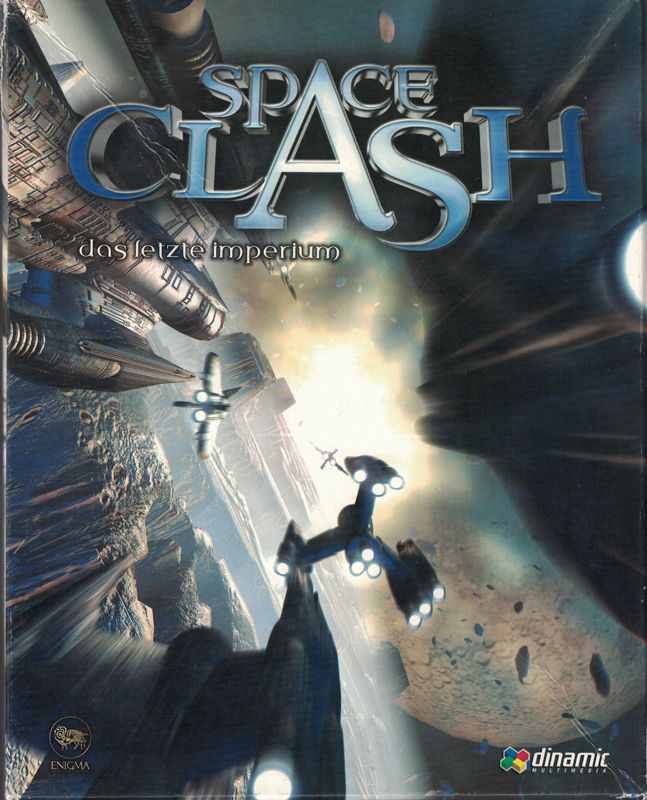
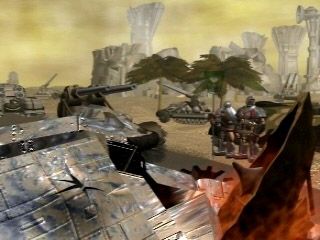
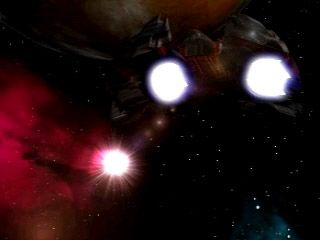
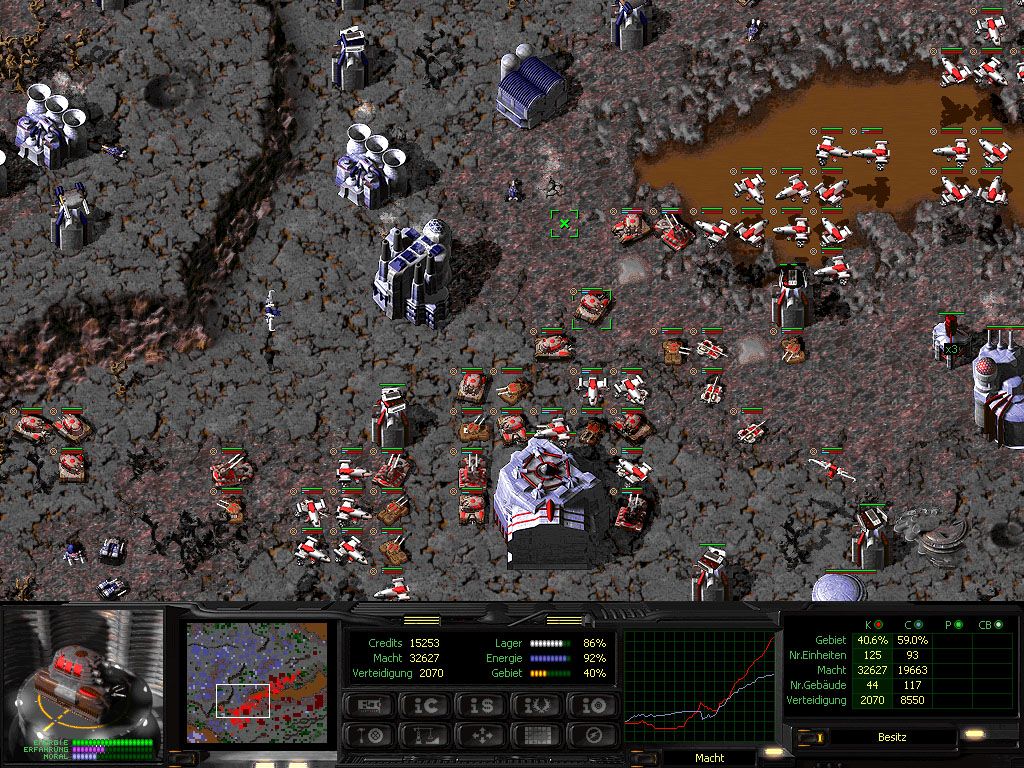
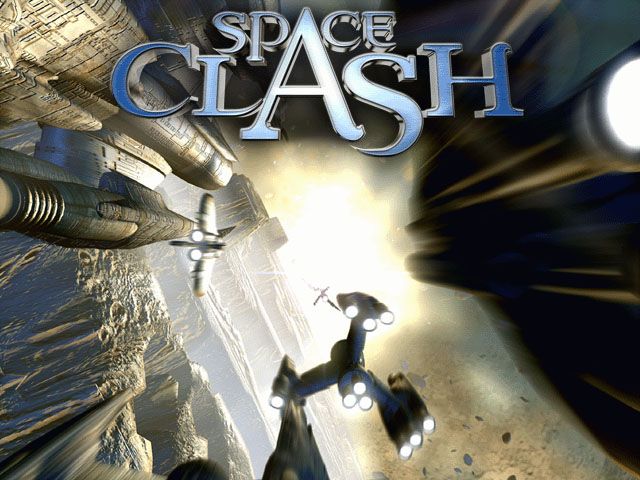
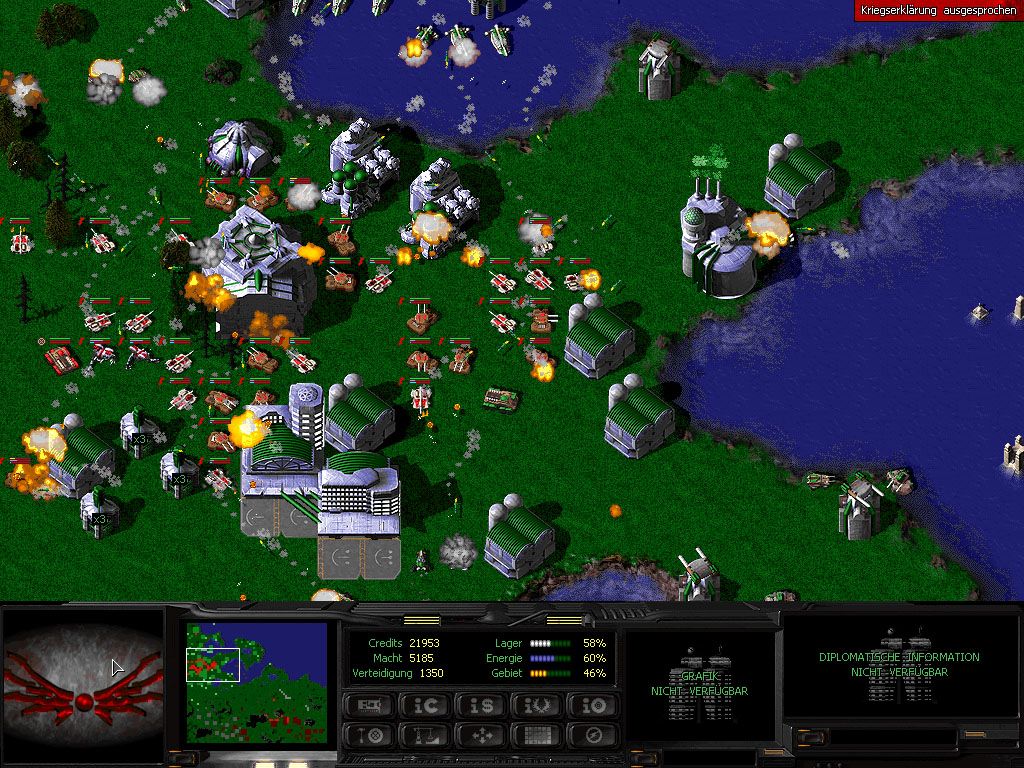



Reviews
There are no reviews yet.